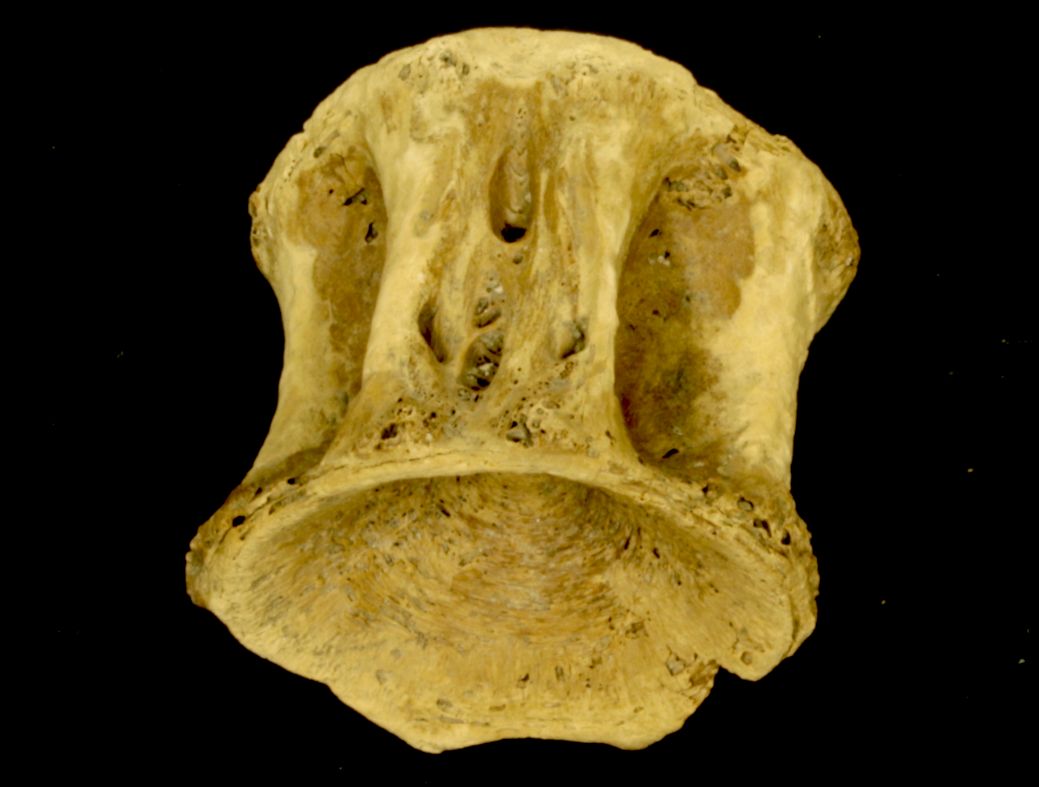Atlantic bluefin tuna is a commercially important marine apex predator, distributed across the Atlantic Ocean from the Gulf of Mexico in the west to the Mediterranean and the Norwegian Sea in the east. Archaeological findings along the Skagerrak coast indicate Atlantic bluefin exploitation in Scandinavian Mesolithic and Neolithic period. However, the historical role of this seasonal fishing in Scandinavia, including any genetic impacts of later overexploitation in the Atlantic bluefin population remain poorly understood. Recent excavations at Jortveit, southern Norway, have produced an abundance of tuna bones dated (C14) to the Early and Middle Neolithic period (3900-2350 BCE) with remarkable aDNA preservation. The Jortveit excavations provide a unique opportunity for a population scale study and comparative analyses of ancient and modern tuna. MSc student Emma Falkeid Eriksen and PhD candidate Lane Atmore work on this project together with Svein Vatsvåg Nielsen and Per Persson from KHM.
Ancient DNA analyses of Neolithic Atlantic Bluefin Tuna from Scandinavia

Tuna vertebra. Photo by Bastiaan
Published Feb. 19, 2021 9:43 PM
- Last modified Sep. 18, 2021 2:42 PM